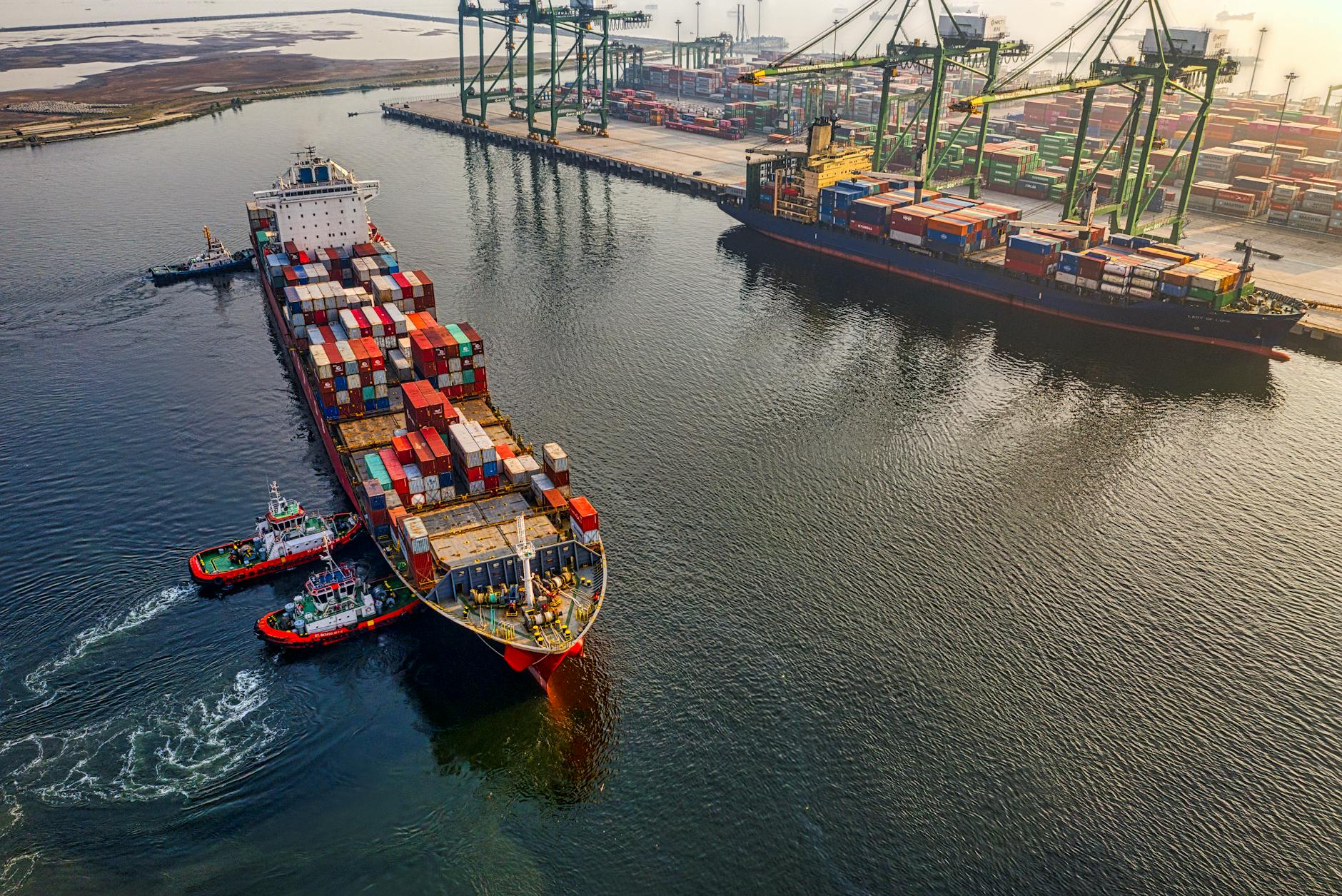Understanding International Trade: Key Concepts and Benefits
International trade—the exchange of goods and services across national borders—has been a cornerstone of global economic development for centuries. It enables countries to specialize in producing goods where they have a comparative advantage, leading to increased efficiency and higher standards of living worldwide. In today’s interconnected world, international trade influences economic policies, shapes industries, and affects everyday consumers. International Trade: Commerce among Nations.

Table of Contents
- Introduction to International Trade
- Historical Evolution of Global Trade
- Theories Underpinning International Trade
- Key Components of International Trade
- Benefits and Challenges of International Trade
- Major Players in Global Trade
- Trade Agreements and Organizations
- Current Trends and Issues in International Trade
- Common Questions About International Trade
- Conclusion
1. Introduction to International Trade
International trade involves the exchange of capital, goods, and services across international borders or territories. It allows countries to obtain products they cannot produce efficiently domestically, access new markets for their exports, and participate in the global economy. This exchange is fundamental to globalisation and has significant implications for economic growth and development.Reasons For Trade
2. Historical Evolution of Global Trade
The history of international trade dates back to ancient civilizations engaging in barter systems. Notable trade routes like the Silk Road facilitated the exchange of silk, spices, and other goods between Asia and Europe. The Age of Exploration in the 15th and 16th centuries expanded trade networks globally, leading to the establishment of colonial trade systems.The Industrial Revolution further accelerated international trade by increasing production capacities and reducing transportation costs.
3. Theories Underpinning International Trade
Several economic theories explain the dynamics of international trade:
- Comparative Advantage: Proposed by David Ricardo, this theory suggests that countries should specialize in producing goods where they have a lower opportunity cost, leading to increased overall efficiency and trade benefits.
- Absolute Advantage: Introduced by Adam Smith, it posits that a country has an absolute advantage if it can produce a good more efficiently than another country. What is International Trade
- Heckscher-Ohlin Theory: This theory emphasizes that countries will export products that utilize their abundant and cheap factors of production and import products that require factors in which they are lacking.
4. Key Components of International Trade
- Exports and Imports: Exports are goods and services sold to other countries, while imports are those purchased from abroad. The balance between these constitutes a country’s trade balance.
- Trade Barriers: These include tariffs, quotas, and non-tariff barriers that governments implement to control the amount of trade across their borders.
- Exchange Rates: The value of one currency in terms of another affects international trade by influencing the competitiveness of exports and the cost of imports.
5. Benefits and Challenges of International Trade
Benefits:
- Economic Growth: Access to larger markets can lead to increased production and economies of scale.
- Consumer Benefits: Consumers gain access to a wider variety of goods and services, often at lower prices.
- Innovation: Exposure to international competition can drive innovation and technological advancement.
Challenges:
- Job Displacement: Industries may suffer due to competition from imports, leading to job losses in certain sectors.
- Trade Deficits: Persistent trade deficits can lead to increased foreign debt and affect economic stability.
- Dependence on Foreign Markets: Over-reliance on international markets can expose countries to external economic shocks.
6. Major Players in Global Trade
The landscape of international trade is shaped by several key players:
- United States: Historically a proponent of free trade, recent policies have seen the U.S. adopt more protectionist measures, such as the implementation of new tariffs aimed at addressing trade imbalances and protecting domestic industries. WSJ
- China: As one of the world’s largest exporters, China has faced numerous trade disputes, particularly concerning its trade surplus and alleged unfair trade practices. The country has been involved in a record number of trade disputes at the World Trade Organization, reflecting global tensions over its export practices. Financial Times
- European Union: The EU operates as a single market, negotiating trade agreements collectively and often emphasizing the importance of multilateral trade systems.
7. Trade Agreements and Organizations
- World Trade Organization (WTO): Established to regulate international trade, the WTO provides a framework for negotiating trade agreements and resolving disputes.Wikipedia
- Regional Trade Agreements: These include agreements like the North American Free Trade Agreement (NAFTA) and the European Free Trade Association (EFTA), which facilitate trade between member countries by reducing barriers.
- Bilateral Agreements: Countries often enter into bilateral trade agreements to mutually benefit from reduced tariffs and increased market access.
8. Current Trends and Issues in International Trade
- Protectionism: There has been a global rise in protectionist policies, with countries implementing tariffs and trade barriers in response to economic and political pressures. This trend has led to increased trade tensions and disputes worldwide. WSJ
- Digital Trade: The growth of digital platforms has facilitated cross-border e-commerce, changing the dynamics of international trade and posing new regulatory challenges.
- Sustainability: There is a growing emphasis on ensuring that international trade practices are environmentally sustainable and socially responsible.
9. Common Questions About International Trade
Q1: What is the role of the World Trade Organization (WTO)?
The WTO regulates international trade by providing a framework for negotiating trade agreements and resolving disputes among member countries. It aims to ensure that trade flows as smoothly, predictably, and freely as possible.
Q2: How do tariffs work?
Tariffs are taxes imposed on imported goods, making them more expensive in the domestic market. They are used to protect domestic industries from foreign competition and can also generate revenue for governments. However, they can lead to higher
